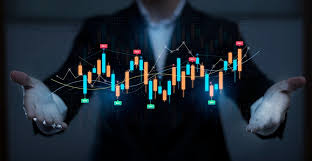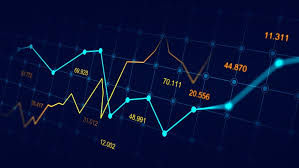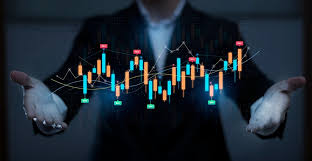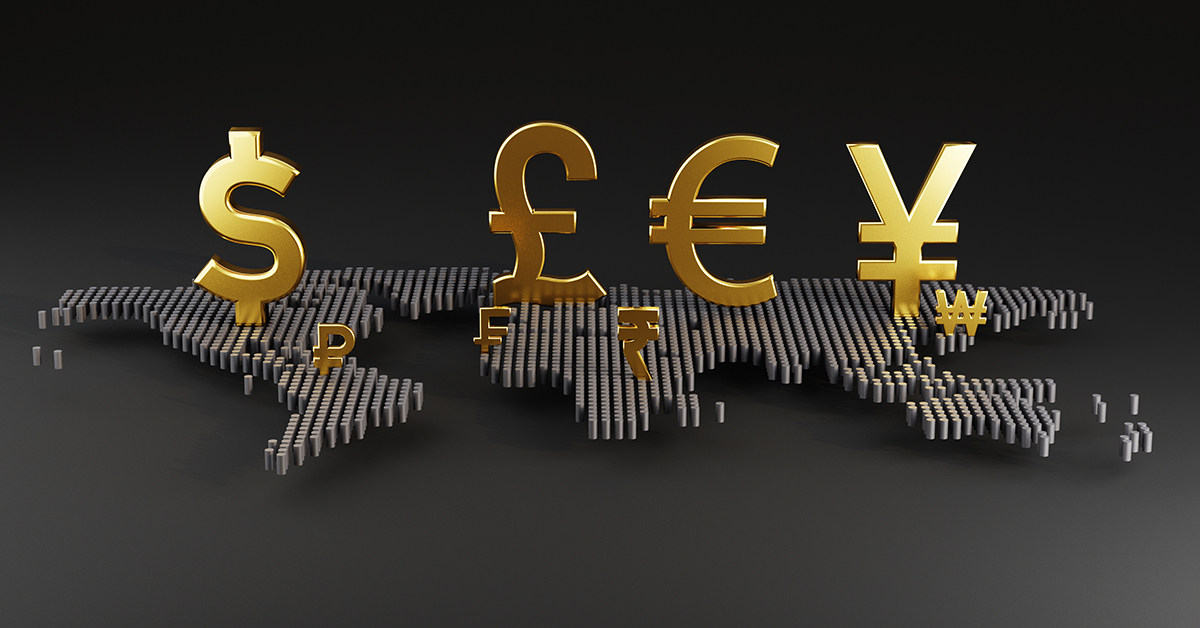
In recent years, the foreign exchange market—commonly known as Forex—has seen a significant increase in the adoption of automated trading systems, commonly referred to as forex trading bots. These innovative tools have transformed the trading landscape, enabling traders to execute transactions with increased efficiency and accuracy. If you’re interested in enhancing your trading strategy, learning about forex trading bots is essential, and you can find forex trading bot Trusted Trading Brokers to aid your journey.
What Are Forex Trading Bots?
Forex trading bots are software programs that automatically execute trades on behalf of traders by analyzing market data and trading signals. These bots operate based on predefined algorithms and trading strategies, potentially allowing users to capitalize on market conditions without the need for constant monitoring. By automating the trading process, these bots can help traders reduce emotional decision-making, improve speed and efficiency, and potentially enhance profitability.
How Do Forex Trading Bots Work?
The main function of a forex trading bot is to analyze data from the forex market, identifying trading opportunities based on the strategies programmed into it. Here’s a breakdown of how they typically work:
- Data Analysis: The bot analyzes historical and real-time data, assessing market trends, price movements, and various indicators.
- Signal Generation: Based on the analysis, the bot generates buy or sell signals according to the criteria set by the trader.
- Trade Execution: Once a trading opportunity is identified, the bot automatically executes the trade, ensuring speed and accuracy.
- Risk Management: Many bots come with built-in risk management features, such as setting stop-loss and take-profit levels to safeguard investments.
Benefits of Using Forex Trading Bots
There are numerous advantages to utilizing forex trading bots, which can significantly improve a trader’s experience and outcomes:

- 24/7 Trading: Forex trading bots can operate round the clock, taking advantage of market opportunities at any hour without human intervention.
- Emotion-Free Trading: Bots eliminate emotional decision-making, helping traders stick to their strategies without panic or euphoria affecting their decisions.
- Backtesting Capabilities: Many forex trading bots allow users to backtest strategies using historical data, helping traders refine their approaches.
- Ability to Handle Complex Strategies: Bots can manage several strategies simultaneously, something that would be challenging for a human trader to execute effectively.
- Time Efficiency: Bots enable traders to save time on analysis and execution, allowing them to focus on strategy development and market research.
How to Choose the Right Forex Trading Bot
Selecting the right forex trading bot can be a daunting task given the plethora of options available. Here are some key factors to consider:
- Reputation: Research reviews and testimonials from other traders to gauge the credibility and effectiveness of the bot.
- Features: Evaluate the features offered by the bot, such as backtesting, risk management capabilities, and compatibility with various trading platforms.
- Cost: Consider the pricing structure—some bots require a one-time purchase, while others may have subscription fees.
- Customer Support: Look for bots that offer reliable customer support to assist with any issues that may arise during usage.
- User Experience: A user-friendly interface can enhance your trading experience, making it easier to navigate and utilize the bot effectively.
Common Myths About Forex Trading Bots
While forex trading bots offer many benefits, several myths can mislead traders into underestimating their usefulness or overestimating their capabilities:
-
Myth 1: Forex trading bots are foolproof and guarantee profits.
The reality is that while bots can enhance trading performance, they are not infallible and can also incur losses. -
Myth 2: Only professional traders can use forex trading bots.
In fact, many user-friendly bots are available that are suitable for beginners as well as experienced traders. -
Myth 3: Using a forex trading bot means you can set it and forget it.
While bots can automate much of the trading process, regular monitoring, and updates to settings are necessary to adapt to changing market conditions.
Conclusion
Forex trading bots represent a powerful tool for both novice and experienced traders looking to maximize their profits in the competitive forex market. By leveraging automation, traders can gain a performance edge, enhance their trading strategies, and reduce the impact of human emotion on trading decisions. However, it is crucial to choose the right bot based on individual trading goals and preferences, as well as engage in continuous learning and adaptation to stay ahead of the dynamic nature of the forex market.



